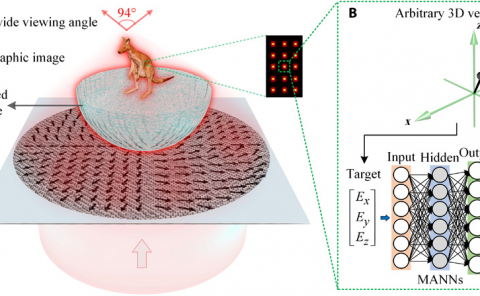FARSI: Facebook AR System Investigator for Agile Domain-Specific System-on-Chip Exploration
PubDate: Jan 2022
Teams: University of Texas at Austin;University of Illinois Urbana-Champaig;Facebook;Tenstorren;Peloton Interactive;Harvard University
Writers: Behzad Boroujerdian, Ying Jing, Amit Kumar, Lavanya Subramanian, Luke Yen, Vincent Lee, Vivek Venkatesan, Amit Jindal, Robert Shearer, Vijay Janapa Reddi
PDF: FARSI: Facebook AR System Investigator for Agile Domain-Specific System-on-Chip Exploration

Abstract
Domain-specific SoCs (DSSoCs) are attractive solutions for domains with stringent power/performance/area constraints; however, they suffer from two fundamental complexities. On the one hand, their many specialized hardware blocks result in complex systems and thus high development effort. On the other, their many system knobs expand the complexity of design space, making the search for the optimal design difficult. Thus to reach prevalence, taming such complexities is necessary. This work identifies necessary features of an early-stage design space exploration (DSE) framework that targets the complex design space of DSSoCs and further provides an instance of one called FARSI, (F)acebook (AR) (S)ystem (I)nvestigator. Concretely, FARSI provides an agile system-level simulator with speed up and accuracy of 8,400X and 98.5% comparing to Synopsys Platform Architect. FARSI also provides an efficient exploration heuristic and achieves up to 16X improvement in convergence time comparing to naive simulated annealing (SA). This is done by augmenting SA with architectural reasoning such as locality exploitation and bottleneck relaxation. Furthermore, we embed various co-design capabilities and show that on average, they have a 32% impact on the convergence rate. Finally, we demonstrate that using simple development-cost-aware policies can lower the system complexity, both in terms of the component count and variation by as much as 150% and 118% (e,g., for Network-on-a-Chip subsystem).

